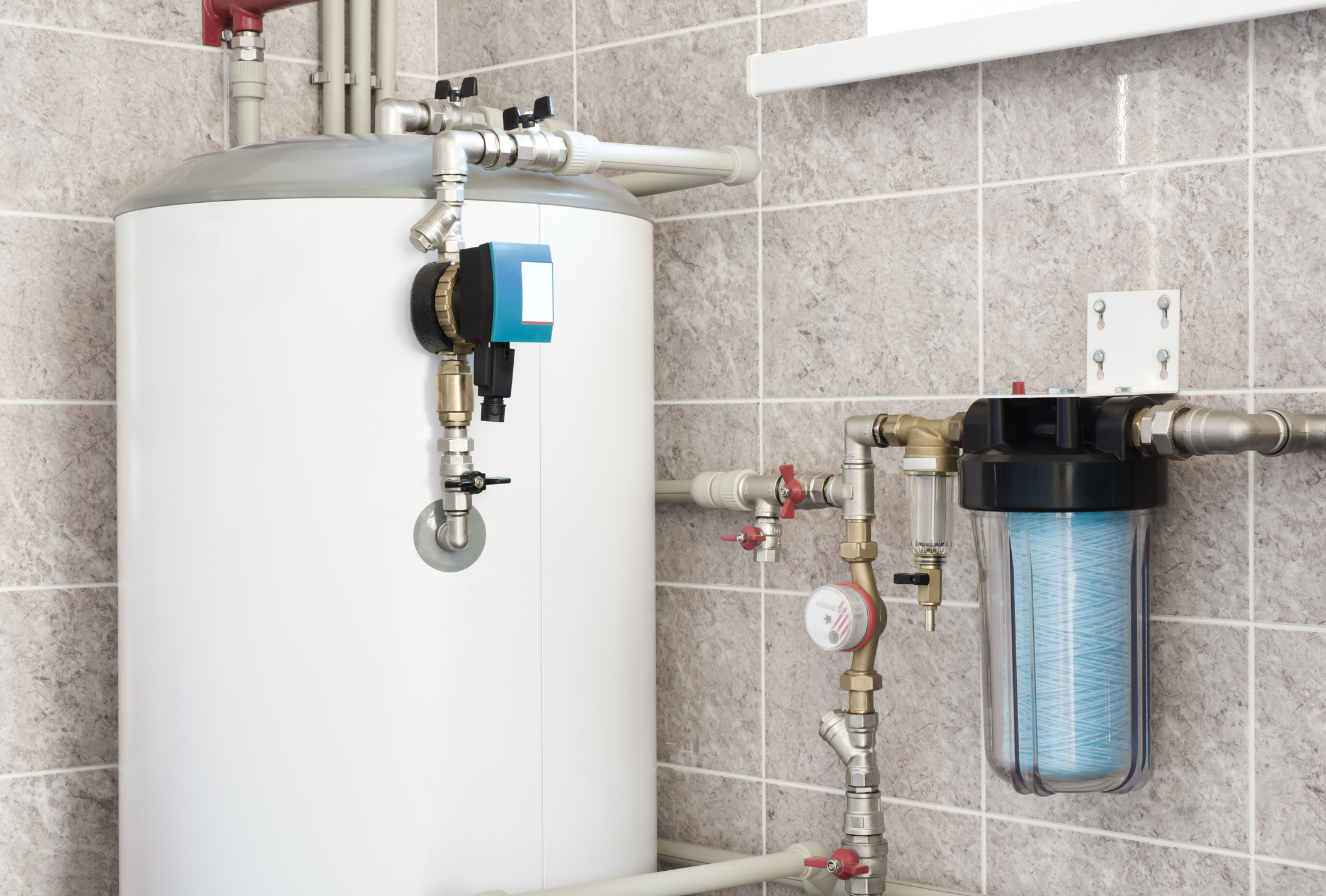How to Extend the Life of Your Home's Hot Water System Through MaintenanceEasy Steps to Maintaining Your Home's Hot Water System
How to Extend the Life of Your Home's Hot Water System Through MaintenanceEasy Steps to Maintaining Your Home's Hot Water System
Blog Article
Have you been trying to locate critical information involving How to Maintain Your Water Heater & Prolong its Life?

Hot water is important for everyday convenience, whether it's for a revitalizing shower or cleaning dishes. To ensure your warm water system runs effectively and lasts much longer, normal upkeep is key. This article offers useful ideas and understandings on exactly how to keep your home's warm water system to stay clear of disturbances and pricey fixings.
Intro
Preserving your home's warm water system might seem challenging, however with a few easy steps, you can ensure it operates smoothly for years to come. This guide covers everything from understanding your warm water system to do it yourself upkeep pointers and recognizing when to call specialist aid.
Value of Preserving Your Warm Water System
Routine maintenance not only expands the life-span of your hot water system but likewise ensures it operates effectively. Ignoring upkeep can cause reduced efficiency, greater power bills, and even premature failure of the system.
Signs Your Hot Water System Needs Maintenance
Knowing when your hot water system requires focus can protect against significant concerns. Keep an eye out for indicators such as irregular water temperature level, unusual noises from the heating system, or rustic water.
Flushing the Water Heater
Purging your water heater removes debris accumulation, improving efficiency and lengthening its life.
Checking and Replacing Anode Rods
Anode poles avoid corrosion inside the container. Examining and replacing them when broken is important.
Complex Concerns Needing Professional Aid
Examples consist of significant leaks, electric problems, or if your hot water heater is constantly underperforming.
Routine Specialist Maintenance Conveniences
Expert upkeep can include comprehensive examinations, tune-ups, and guaranteeing conformity with security criteria.
Checking and Adjusting Temperature Level Settings
Changing the temperature setups ensures ideal performance and security.
DIY Tips for Upkeep
You can execute several maintenance jobs yourself to keep your warm water system in top problem.
Checking for Leakages
Regularly check pipelines and links for leakages, as these can lead to water damages and higher costs.
Comprehending Your Warm Water System
Before diving right into upkeep tasks, it's practical to comprehend the standard elements of your warm water system. Usually, this includes the hot water heater itself, pipes, anode poles, and temperature level controls.
Monthly Maintenance Tasks
Normal monthly checks can help capture small concerns before they rise.
Testing Pressure Alleviation Valves
Examining the pressure safety valve guarantees it operates correctly and stops too much stress build-up.
Insulating Pipes
Protecting warm water pipelines reduces heat loss and can save power.
When to Call a Specialist
While DIY maintenance is useful, some concerns call for professional knowledge.
Final thought
Routine upkeep of your home's hot water system is vital for performance, long life, and price savings. By adhering to these pointers and understanding when to look for specialist aid, you can ensure a dependable supply of warm water without unanticipated disturbances.
How to Maintain an Instant Hot Water Heater
Before tinkering with your hot water heater, make sure that it’s not powered on. You also have to turn off the main circuit breaker and shut off the main gas line to prevent accidents. Also turn off the water valves connected to your unit to prevent water from flowing into and out of the appliance. 2. When you’re done, you have to detach the purge valves’ caps. These look like the letter “T” and are situated on either side of the water valves. Doing so will release any pressure that has accumulated inside the valves while at the same time avoid hot water from shooting out and burning your skin. 3. When the purge valves’ caps are removed, you have to connect your hosing lines to the valves. Your unit should have come with three hoses but if it didn’t, you can purchase these things from any hardware or home repair shops. You can also get them from retail stores that sell water heating systems. Read the user’s manual and follow it to complete this task properly. When the hosing lines are connected, open the purge port’s valves. 4. You should never use harsh chemical cleaners or solutions when cleaning your unit. Make use of white vinegar instead. It should be undiluted and you’ll probably use about 2 gallons. 5. Now flush your water heater. This task should probably take about 40 minutes. We can’t give you specific directions for this because the procedure is carried out depending on the type, model and brand of your heater. With that being said, refer to the user’s manual. 6. When you’re done draining the unit, you have to turn off the purge port valves again. Remove the hosing lines that you earlier installed on each of the water valves. Put the valve caps (purge port) back in their respective places and be very careful so as not to damage the rubber discs that are found inside these caps. 7. Now that everything’s back in place, check your user’s manual again to find out how to reactivate your water heating system. 8. Once it is working, turn one of your hot water faucets on just to let air pass through the heater’s water supply pipes. Leave the tap on until water flows smoothly out of it. https://www.orrplumbing.com/blog/2014/september/how-to-maintain-an-instant-hot-water-heater/

We hope you enjoyed our part on What Kind of Maintenance Do Water Heaters Need?. Thanks a lot for taking a few minutes to browse our short article. You should set aside a second to distribute this write-up if you appreciated it. Bless you for being here. Return soon.
Website Report this page